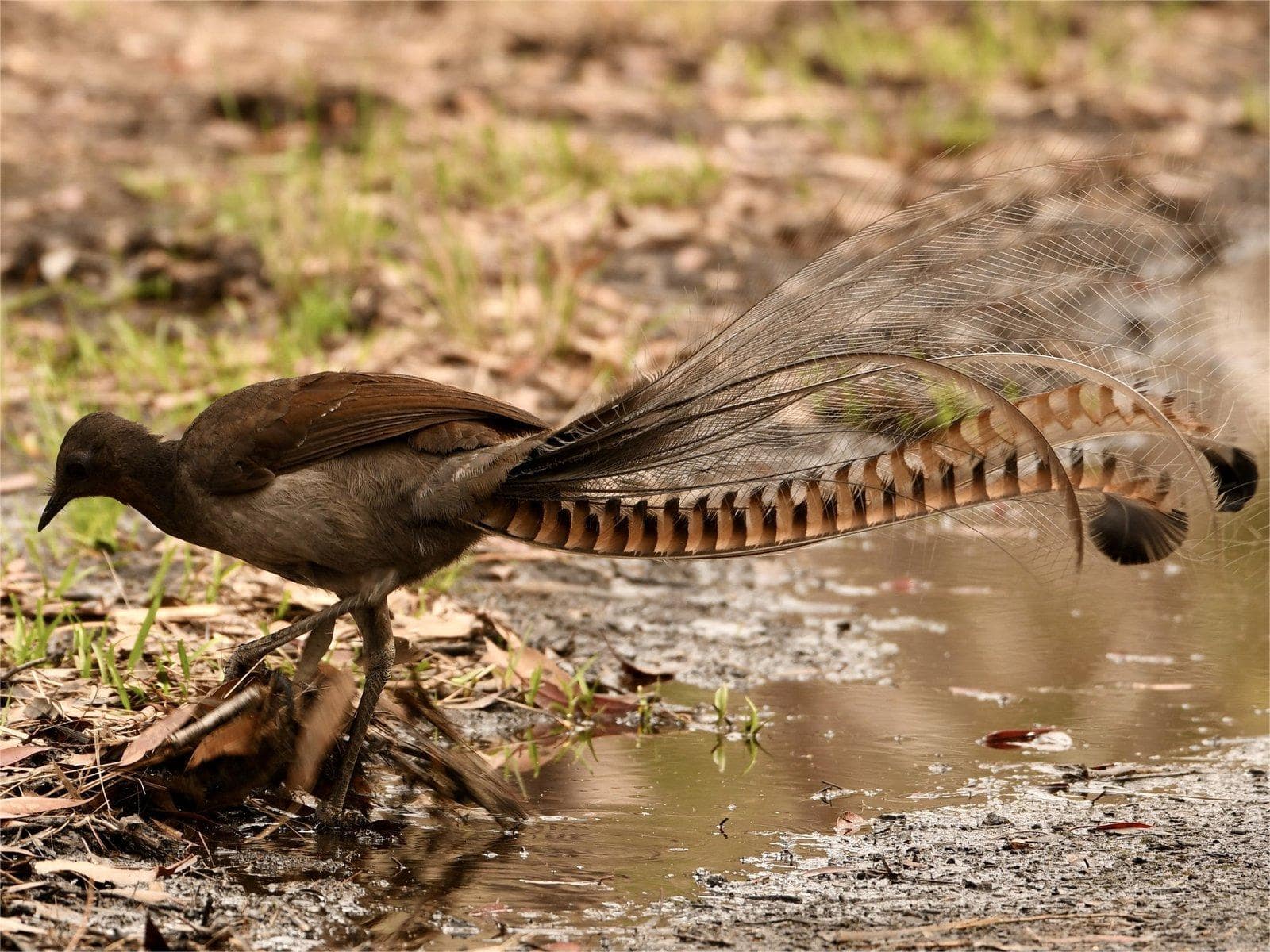
Did you know that the lyrebird is one of the most fascinating mimics in the animal kingdom? This incredible bird, native to Australia, can imitate almost any sound it hears, from chainsaws to camera shutters. With its stunning tail feathers that resemble a lyre, it’s no wonder this bird captures the imagination of many. But there's more to the lyrebird than just its mimicry and beautiful plumage. In this article, we’ll uncover 25 amazing facts about the lyrebird that will leave you in awe of this unique creature. Whether you’re a bird enthusiast or just curious, these facts will give you a deeper appreciation for one of nature’s most talented performers.
What is a Lyrebird?
Lyrebirds are fascinating creatures native to Australia. Known for their incredible ability to mimic sounds, these birds have captivated the attention of bird enthusiasts and scientists alike. Let's dive into some amazing facts about these unique birds.
-
Lyrebirds are named for the shape of their tail feathers, which resemble a lyre, an ancient Greek musical instrument.
-
There are two species of lyrebirds: the Superb Lyrebird and the Albert's Lyrebird.
-
The Superb Lyrebird is the larger of the two species, with males reaching up to 39 inches in length.
-
Albert's Lyrebird is named after Prince Albert, the husband of Queen Victoria.
Lyrebird's Mimicry Skills
One of the most astonishing features of lyrebirds is their ability to mimic almost any sound they hear. This talent is not just for show; it plays a crucial role in their survival and mating rituals.
-
Lyrebirds can mimic other bird calls, chainsaws, camera shutters, car alarms, and even human voices.
-
Their mimicry is so accurate that it can be difficult to distinguish between the lyrebird and the original sound source.
-
Male lyrebirds use their mimicry skills to attract females during the mating season.
-
They can remember and replicate sounds they heard years ago.
Habitat and Behavior
Lyrebirds are primarily ground-dwelling birds that prefer dense forests. Their behavior and lifestyle are as intriguing as their vocal abilities.
-
Lyrebirds are found in the rainforests of southeastern Australia, including Tasmania.
-
They are solitary creatures, usually coming together only for mating.
-
These birds are excellent foragers, using their strong legs to scratch the forest floor in search of insects and other small creatures.
-
Lyrebirds build large, dome-shaped nests on the ground or in low shrubs.
Lyrebird's Unique Anatomy
The physical characteristics of lyrebirds are as remarkable as their vocal talents. Their anatomy is perfectly adapted to their lifestyle and environment.
-
Male lyrebirds have long, ornate tail feathers that they display during courtship dances.
-
The tail feathers of a male lyrebird can take up to seven years to fully develop.
-
Female lyrebirds are smaller and have shorter, less elaborate tail feathers.
-
Lyrebirds have strong legs and feet, which they use for digging and foraging.
Conservation Status
Despite their incredible abilities, lyrebirds face several threats that could impact their populations. Understanding their conservation status is crucial for their protection.
-
The Superb Lyrebird is listed as "Least Concern" by the IUCN, but habitat destruction poses a significant threat.
-
Albert's Lyrebird is considered "Near Threatened" due to its limited range and habitat loss.
-
Conservation efforts include habitat protection and restoration to ensure the survival of these unique birds.
Interesting Tidbits
Lyrebirds have many other fascinating aspects that make them stand out in the avian world. Here are some more intriguing facts.
-
Lyrebirds have been featured on Australian currency, including the 10-cent coin.
-
They have a slow metabolism, which allows them to survive on a diet of low-nutrient food.
-
Lyrebirds are known to live up to 30 years in the wild.
-
They play a crucial role in their ecosystem by helping to aerate the soil through their foraging activities.
-
Lyrebirds have been the subject of numerous documentaries and studies due to their unique abilities.
-
Indigenous Australian cultures have long revered lyrebirds, often featuring them in folklore and art.
The Lyrebird's Unique Charm
Lyrebirds are truly fascinating creatures. Their mimicry skills are unmatched in the animal kingdom. These birds can imitate chainsaws, car alarms, and even human voices. Found mainly in Australia, lyrebirds thrive in dense forests. Their elaborate tail feathers are not just for show; males use them in intricate courtship displays to attract females. Despite their impressive abilities, lyrebirds face threats from habitat loss and predators. Conservation efforts are crucial to ensure their survival.
Understanding these birds helps us appreciate the complexity of nature. Next time you hear an unusual sound in the forest, it might just be a lyrebird showing off its vocal talents. Keep an ear out and enjoy the wonders of the natural world.
Was this page helpful?
Our commitment to delivering trustworthy and engaging content is at the heart of what we do. Each fact on our site is contributed by real users like you, bringing a wealth of diverse insights and information. To ensure the highest standards of accuracy and reliability, our dedicated editors meticulously review each submission. This process guarantees that the facts we share are not only fascinating but also credible. Trust in our commitment to quality and authenticity as you explore and learn with us.
